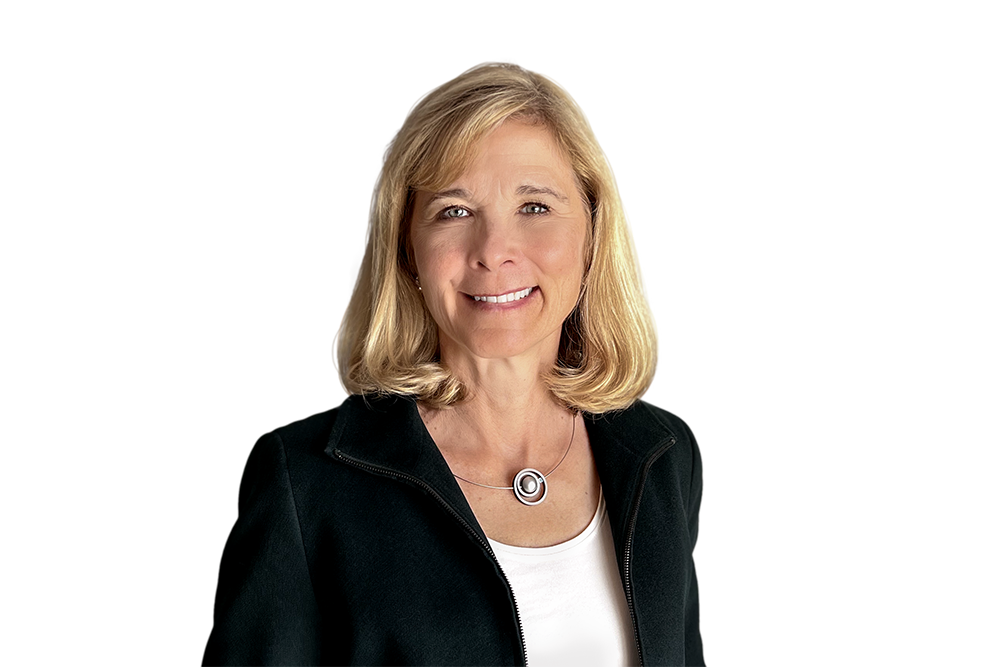When CEO Retirement is on the Horizon

Ideally, CEO-succession planning begins the day after the new leader starts and continues throughout this CEO’s tenure. However, once chief executives can see their potential departures on the horizon, they are subject to the same human reactions as anyone else. Even when there is a well-vetted, logical plan, an emotional response from the exiting CEO can come to the fore for even the most balanced and insightful leader. How the CEO and those around the incumbent anticipate and handle this leader’s emotions can impact the success and grace of the transition.
The following are some symptoms that can impact the departing CEO in the run-up to retirement:
- Rubber band effect: Once the transition is within a two-to-three-year horizon, the tolerance for the less-appealing aspects of the CEO role, such as considerable global travel, activist investor, and problematic board members, can drop dramatically; this can increase the risk of burnout and considerably shorten the incumbent’s personal time frame for departure. Alternatively, big successes or intriguing challenges, like major customer wins, significant innovation, or key acquisitions, can create a desire to stretch the retirement time frame. This elastic, personal timeline can create mixed signals and confusion.
- Lame-duck concerns: A personal concern, that individuals will start treating the likely successor as one who has already become the next CEO even though authority still rests with the current leader, can cause the incumbent to delay communications or transitional steps. Or the incumbent can try to short-circuit the time spent leading in the organization once the succession is clear even when more overlap would be helpful.
- Acid drip: Personal frustrations with the pending loss in status and power, along with perceived slights, can lead the current CEO to start criticizing the next leader to the board or other key internal and external stakeholders. The incumbent, either knowingly or unconsciously, starts to undermine the successor and the transition. This is also likely to undermine the exiting leader’s legacy, credibility, and brand.
To avoid these symptoms and facilitate a smooth transition, we would recommend departing leaders consider the following actions:
- Be open: First, acknowledge that this transition is likely going to be personally difficult, uncomfortable, and emotional for virtually anyone at this point. Just this recognition can build some resilience and help the incumbent chief executive be more prepared for this experience.
- Focus forward: As the departing CEO, focus on moving toward your next stage and not just on what is being left behind. The more one can see, and be excited by, the possible experiences and opportunities on the horizon, the less difficult it will be to maintain grace and composure during this transition.
- Trust the process: Either stick to the transition plan or formally rewrite it. If the plan is a good one, then stick with it. Or if you have serious concerns, initiate a formal discussion with the board and key stakeholders to align on what has changed and how to adapt.
- Leave a legacy: Focus on leaving a legacy, not a personal monument. A good leader builds an organization that can survive without them, knowing that it will evolve and change as needed. Leaving gracefully and helping the next leader be successful is ultimately the most effective approach at this stage.
- Seek advice: Finally, gather trusted advisors who will let you vent but will also tell you the truth. When not in those settings, notice when you are tempted to say something that may be correct but is simply not helpful. A closed mouth gathers no feet.
Walking away from a CEO role that has encompassed most of one’s time, passion, and energy over the years is an act of wisdom and courage. Doing it gracefully requires self-insight, humility, and help from others.
To find out more about key aspects of good succession planning at the top, read my recent blog “CEO Succession: Getting it Right.”








